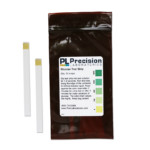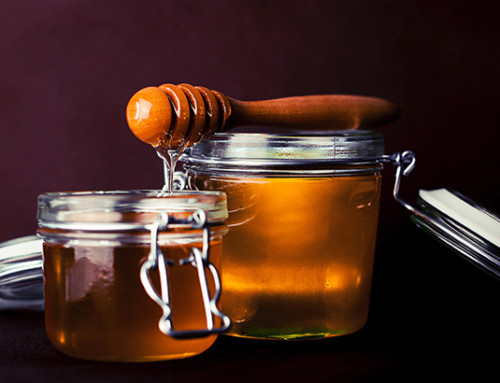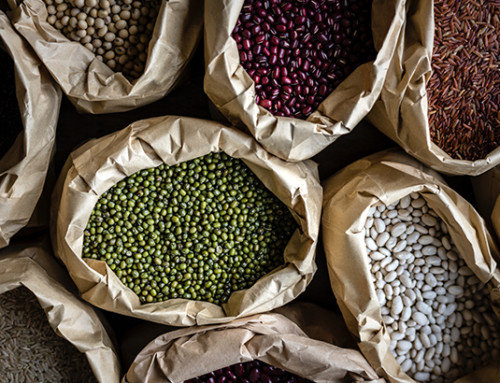We love to hear from young customers working on classroom science experiments and science fair projects. Some of the project inquiries we receive are very interesting and unique. Below is an example of a science experiment one student was trying to perform using our Glucose Test strips.
“For a project in one my classes I am trying to test the glucose levels in different types of bananas. Would it be possible to know if the test strips be suitable for differentiating the different glucose concentration in different types of rotting bananas?” – Susana
This is an interesting question, Susana. In theory, our Glucose test strips should be able to detect the glucose present. In practice, as with all scientific studies, the experimental protocol is critical.
First, let us explain a bit about the glucose test strips. The glucose test strips were originally developed to test for glucose levels in urine for educational purposes (not for any medical applications). Other uses include osmosis experiments where a glucose/starch solution is used to demonstrate permeability through membranes. Lastly, the test strips have been used to detect glucose in foods.
 The strips employ an enzyme that is specific for glucose. Other sugars will not be detected by the strips. Other chemicals can interfere, one of the best (or worst) examples is Vitamin C. Foods with high Vitamin C may give a false positive. If the glucose being detected is in a water solution, the sample must sit for at least 3 hours before testing to allow for the mutarotation of the glucose molecule to occur. This mutarotation is necessary for the enzyme to work properly. In natural formats, the glucose has already undergone the proper rotation and can be detected without waiting.
The strips employ an enzyme that is specific for glucose. Other sugars will not be detected by the strips. Other chemicals can interfere, one of the best (or worst) examples is Vitamin C. Foods with high Vitamin C may give a false positive. If the glucose being detected is in a water solution, the sample must sit for at least 3 hours before testing to allow for the mutarotation of the glucose molecule to occur. This mutarotation is necessary for the enzyme to work properly. In natural formats, the glucose has already undergone the proper rotation and can be detected without waiting.
As for the range of the test strips, the color chart provided with the strips has a limit of 3000 mg/dl (30,000 mg/L) or 3%. If we understand correctly, ripe bananas can contain up to 15% sugar (with about 1/2 of that as glucose). So, in theory, as the bananas ripen and the sugar content increases due to the conversion of the starch content to sugars, the test strips should be able to detect the glucose.
The challenge of course is how the testing is to be done. If a ripe banana contains about 7.5% glucose, and if you were to take 40 grams of banana and emulsify it with 100 mL of distilled or deionized water, then allowed the water sample to sit for 3 hours, the glucose content should read at the high end of the chart (3%). Of course, this assumes an extraction efficiency is 100%.
Perhaps, if prepared the same way, separate samples from different levels of ripeness could be qualitatively analyzed. This may be the best that the glucose test strips can do.
In any case, the only way to know for sure is to try it! Best of luck, and good luck to all you other young scientists out there!







Leave A Comment